We are looking to build a slab on grade, do we need radiant heat?
We are looking to build a slab on grade addition and were wondering wether it was necessary to install in floor radiant heat. We received a quote from Legalett for their geo slab it seemed more than we were hoping, is hydronic in floor more cost effective? Also, if we heated the space with a mini split heat pump and insulated beneath the slab would the floor be warm?










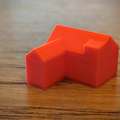



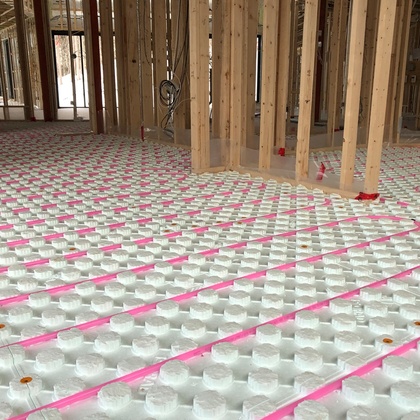
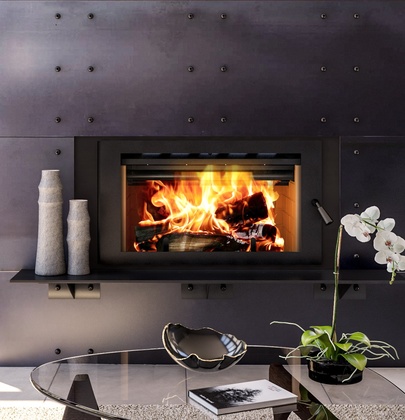

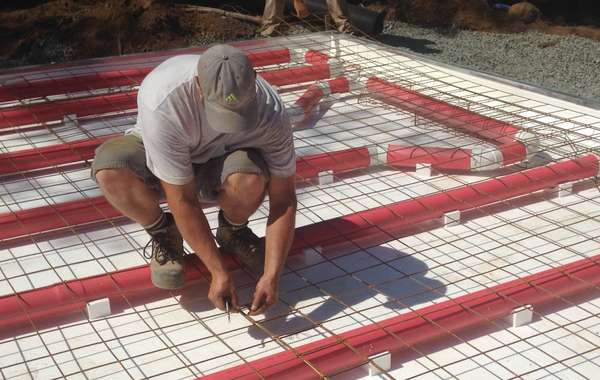
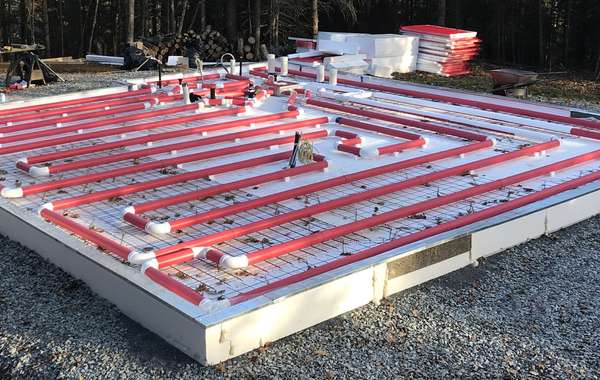
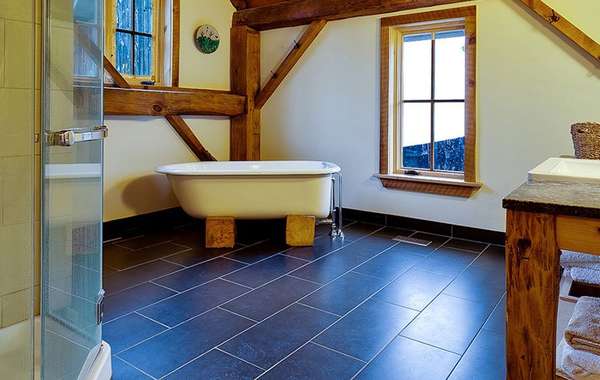
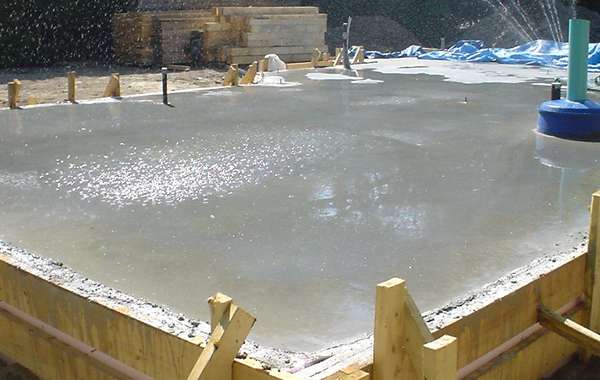
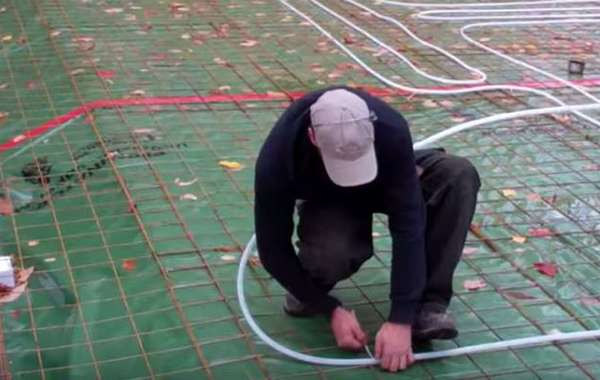
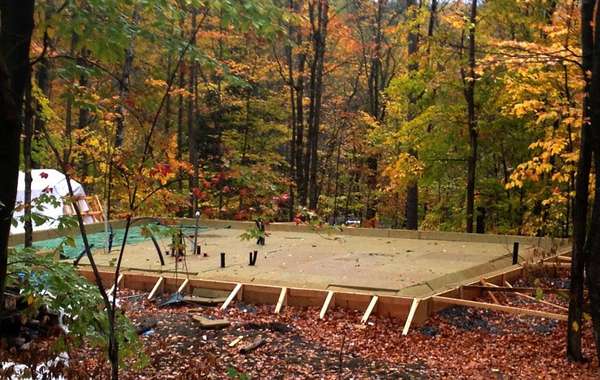
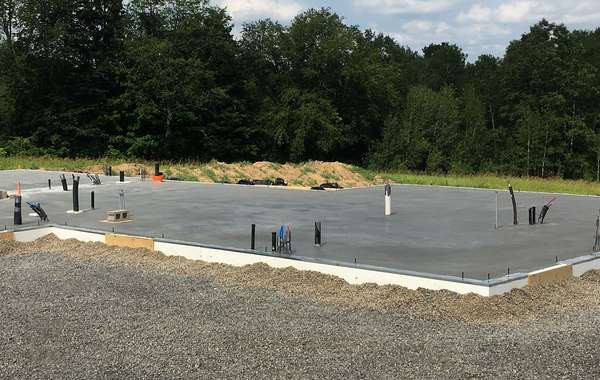
Installing radiant heat in a concrete slab on grade floor will for sure make your home more comfortable. You do have a few options to make a slab more comfortable without a radiant heat, but were you planning to install a floor covering? A lot of variables will start to come into play, I’ll explain–
A polished concrete floor is the cheapest, most durable floor you can build, but concrete conducts heat easily, so it will suck warmth right from your feet. A way to make it more comfortable, would be to lay down engineered hardwood, Marmoleum, cork, or some other floor covering. But that addition could easily cost you more than a heating system, so it depends on what your desired finished floor is.
We built a slab on grade with 8 inches of sub-slab insulation, and even with that much it was still a bit cool on the feet. So personally, I am all in for warm floors. Life is too short (or perhaps too long) to spend it with cold feet. See this page to learn more –
Choosing the best heating system - How to design a home for thermal comfort
So here are some questions and we can help a bit more probably – where are you building, how much insulation are you laying down, and are you installing a floor covering?
As for Legalett, Neither air heated radiant floors or hydronic stands out as clearly cheaper to install or operate than the other, the advantages to an air heated floor is a more even distribution of heat, less risk of damaging the system during construction (no chance of water leaks), and less equipment in the mechanical room which mitigates them becoming the hotspot. The other interesting possibility with the Legalett system is that it can be either gas or electrically-heated using a coil in the heat distribution box.
Hi Scott, I'll try to answer your questions, then discuss my thoughts a bit.
If the slab is un-heated, it will always be cooler than the air in the room, regardless of the amount of insulation.
The Legalett seems to have two differences compared to 'traditional' hydronic heat - the use of air as the fluid, and that the heater and pump/fan are embedded in the floor.
Using air will give more even distribution because the pipes are larger, and because the heat is transferred more slowly into the concrete, but is less 'efficient' in that it's harder to pump air (because it's compressible), and you need to pump much more of it (water having 3500 times better thermal capacity, on a volume basis). The larger pipes will reduce the strength of the slab (all else being equal).
That the system is embedded in the floor is a nice bonus (for internal space, less so for maintenance), but I see no reason why the same thing couldn't be done with a hydronic system - it would be a tankless water heater + pump.
For future-proofing reasons, I would encourage you to embed the pipe (either for air or water) now, even if it's not attached to a heating system. There's a great video on this site showing how it could be done https://www.ecohome.net/guides/2256/diy-radiant-floor-tubing-installation-video/
Cheers, George